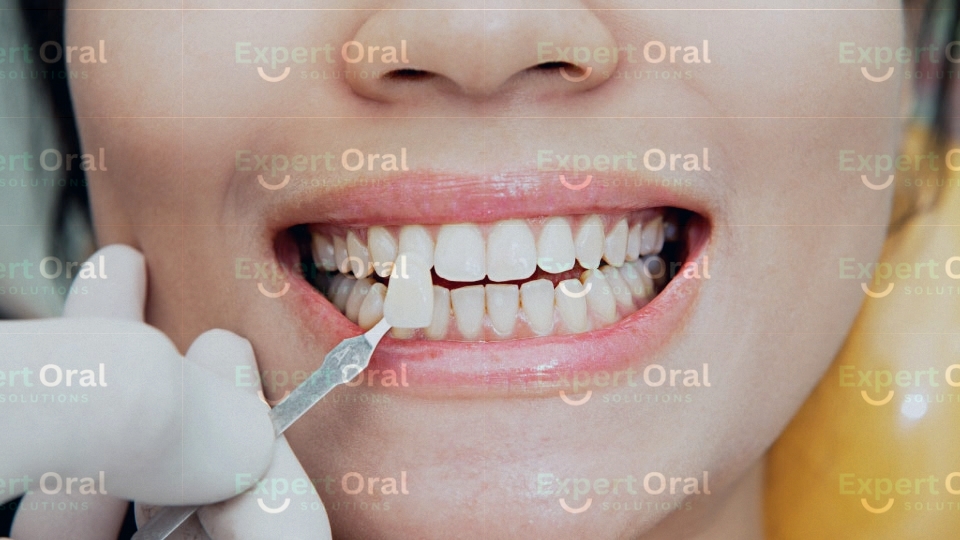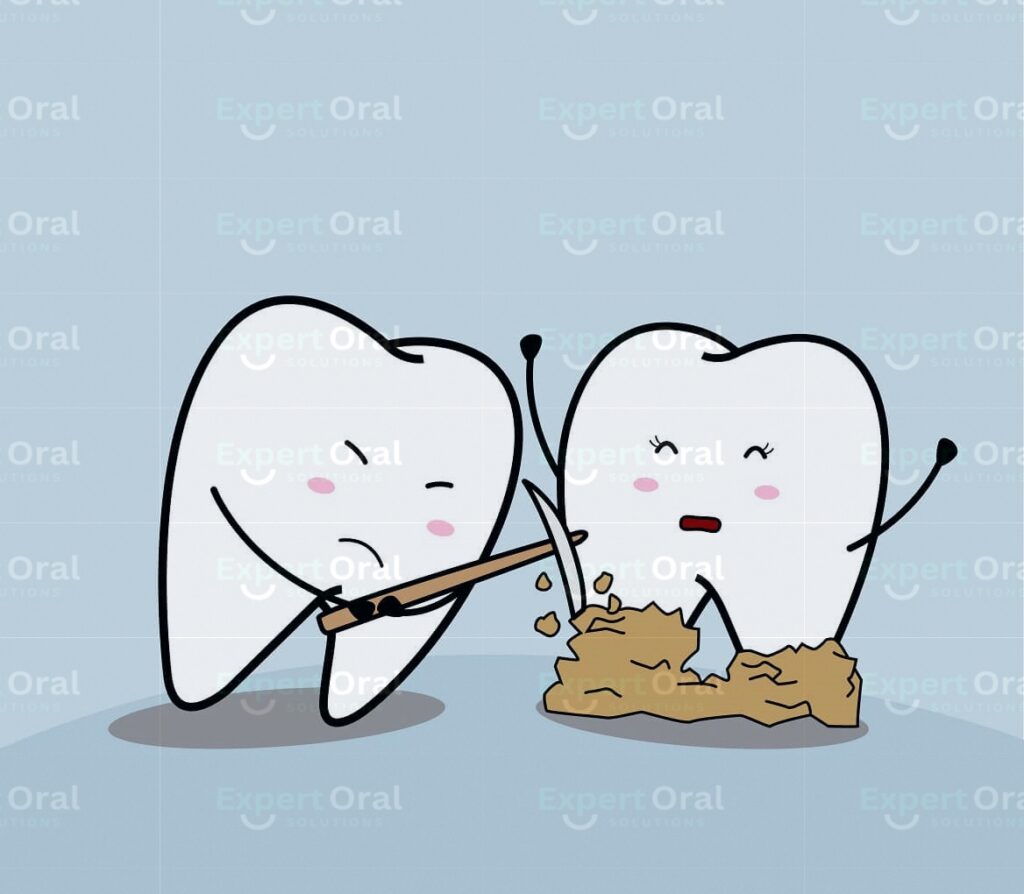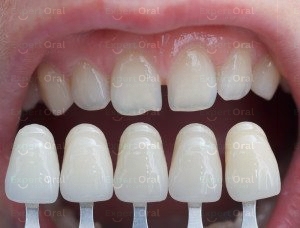A dazzling smile can boost your confidence and leave a lasting impression. Veneers, thin shells of porcelain or composite resin bonded to the front surface of your teeth, are a popular cosmetic dentistry option to achieve that Hollywood-worthy smile. But before diving into the world of veneers, understanding the associated cost is crucial.
Factors Affecting Veneer Costs:
Veneer costs can vary significantly depending on several factors:
- Material: Porcelain veneers are generally more expensive than composite resin veneers. Porcelain offers superior durability, stain resistance, and a more natural appearance.
- Number of Veneers: The cost increases with the number of teeth requiring veneers. A single veneer can cost significantly less than revamping your entire smile.
- Dentist’s Expertise and Location: Experienced cosmetic dentists situated in areas with a high cost of living typically charge more.
- Dental Lab Fees: The dental lab that fabricates the veneers plays a role in the overall cost.
- Complexity of the Procedure: Complex cases requiring additional procedures like gum sculpting or root canals before veneer placement will incur higher costs.
Cost Breakdown:
While the exact price can vary, here’s a general range to provide perspective:
- Porcelain Veneers: $1,000 – $2,500 per tooth.
- Composite Resin Veneers: $400 – $1,200 per tooth.
Additional Considerations:
- Consultation Fees: Consultations with the dentist to discuss your goals and suitability for veneers often involve a separate fee.
- Preliminary Procedures: X-rays, teeth cleaning, and anesthesia may add to the overall cost.
- Dental Insurance: Some dental insurance plans offer partial coverage for veneers if deemed medically necessary (e.g., chipped tooth). Contact your insurance provider for specific details.
Veneer Payment Plans
Veneers can significantly enhance your smile, but the upfront cost can be a hurdle. Thankfully, several payment plan options can help make this cosmetic dentistry procedure more accessible. Here’s a breakdown of the available avenues:
In-House Dental Financing:
- Many dental practices offer their own financing plans. This allows you to spread the cost of your veneers over a set period, often ranging from 12 to 24 months.
- Benefits: Convenient and often requires minimal paperwork. You’ll directly discuss terms and conditions with your dentist’s office.
- Drawbacks: Interest rates might be higher compared to other options.
Third-Party Financing Companies:
- Several healthcare financing companies specialize in medical and dental procedures. You can apply for a loan through these companies to cover the cost of your veneers.
- Benefits: Potentially lower interest rates compared to in-house plans. Flexible repayment terms might be available.
- Drawbacks: Requires a credit check and may have stricter qualification criteria. Processing times can vary.
CareCredit:
- CareCredit is a popular financing option specifically designed for healthcare expenses. They offer various financing plans with different interest rates and repayment terms.
- Benefits: Widely accepted by many dentists. Potential for promotional offers with 0% interest for a limited period.
- Drawbacks: Requires applying for a separate line of credit. Regular monthly payments are mandatory.
Other Options:
- Credit Cards: Using a credit card with a low introductory interest rate can be an option, but be mindful of high-interest rates that kick in after the introductory period.
- Personal Loans: Consider personal loans from banks or credit unions. This might offer competitive interest rates but requires stricter qualification criteria.
Here are some additional factors to consider when choosing a payment plan:
- Interest Rates: Compare interest rates offered by different options to find the most affordable solution.
- Down Payment: Some plans might require a down payment, so factor this into your budget.
- Repayment Term: Choose a repayment term that aligns with your financial situation. Shorter terms generally have lower interest rates but require higher monthly payments.
Tips for Choosing a Payment Plan:
- Discuss options with your dentist: They can guide you through the available financing options and answer any questions you may have.
- Shop around and compare: Don’t settle for the first option you come across. Research different financing companies and compare interest rates and terms.
- Read the fine print: Carefully understand the terms and conditions of any financing agreement before signing.
- Consider your budget: Ensure the monthly payments fit comfortably within your financial means.
Financing Options:
Many dental practices offer financing plans to make veneer treatment more affordable. Explore these options with your dentist to find a payment plan that suits your budget.
Here are some resources to help you get a more accurate estimate for veneers in your area:
- American Dental Association (ADA): https://findadentist.ada.org/ (Search tool for finding ADA-member dentists)
- National Association of Dental Laboratories (NADL): https://nadl.org/ (Provides information on finding qualified dental labs)
Remember:
- Cost shouldn’t be the sole deciding factor. Choose an experienced and qualified cosmetic dentist who prioritizes your oral health and aesthetic goals.
- Transparency is key. During your consultation, discuss the breakdown of anticipated costs, including potential additional fees.
- Explore alternatives. Dental bonding or teeth whitening may be suitable options depending on your cosmetic concerns and budget.
Additional Tips:
- Get quotes from multiple dentists. Compare fees and treatment plans to find the best fit for your needs and budget.
- Ask about financing options. Spreading the cost over time can make the treatment more manageable.
- Consider your long-term dental health. Veneers are a significant investment, so ensure you can commit to proper oral hygiene to maintain their longevity.
Disclaimer: The information provided in this blog is for general informational purposes only and should not be construed as medical advice. Please consult with a qualified dentist to discuss your individual circumstances and treatment options.




